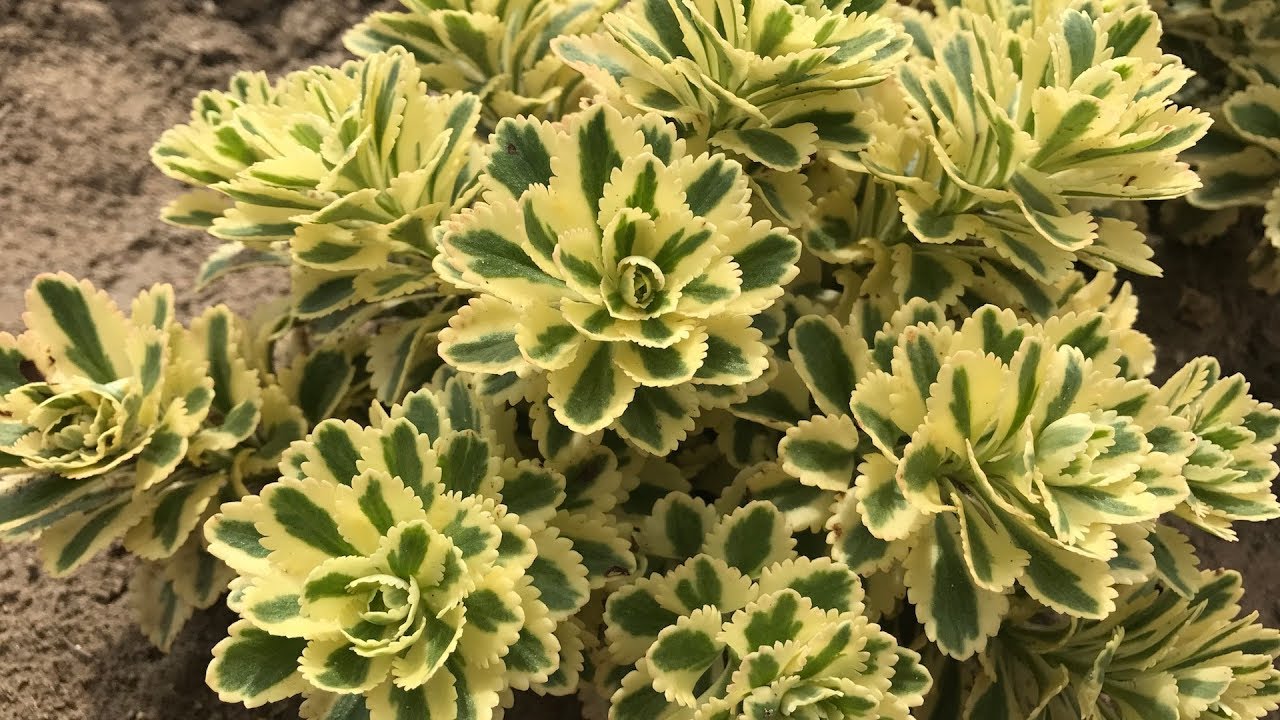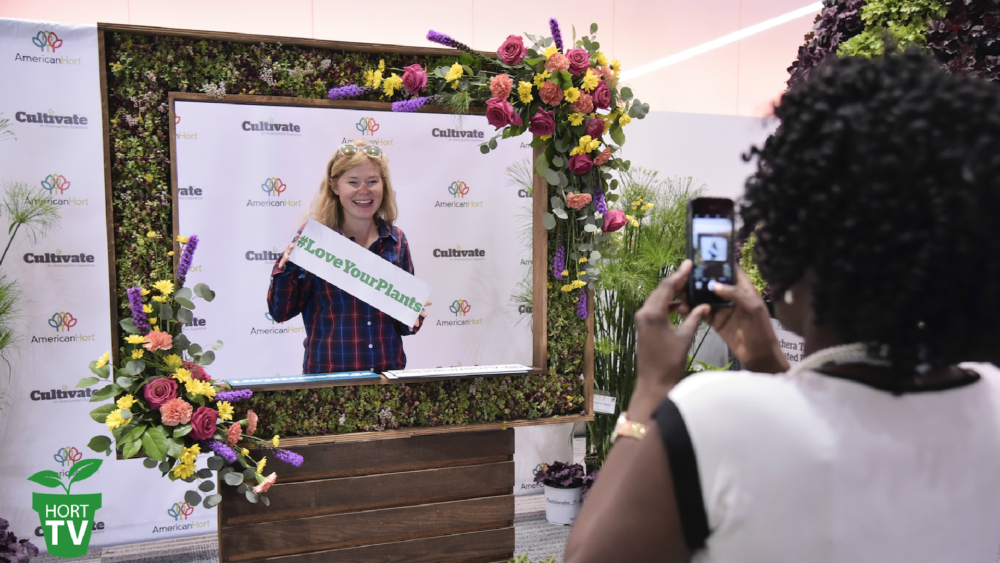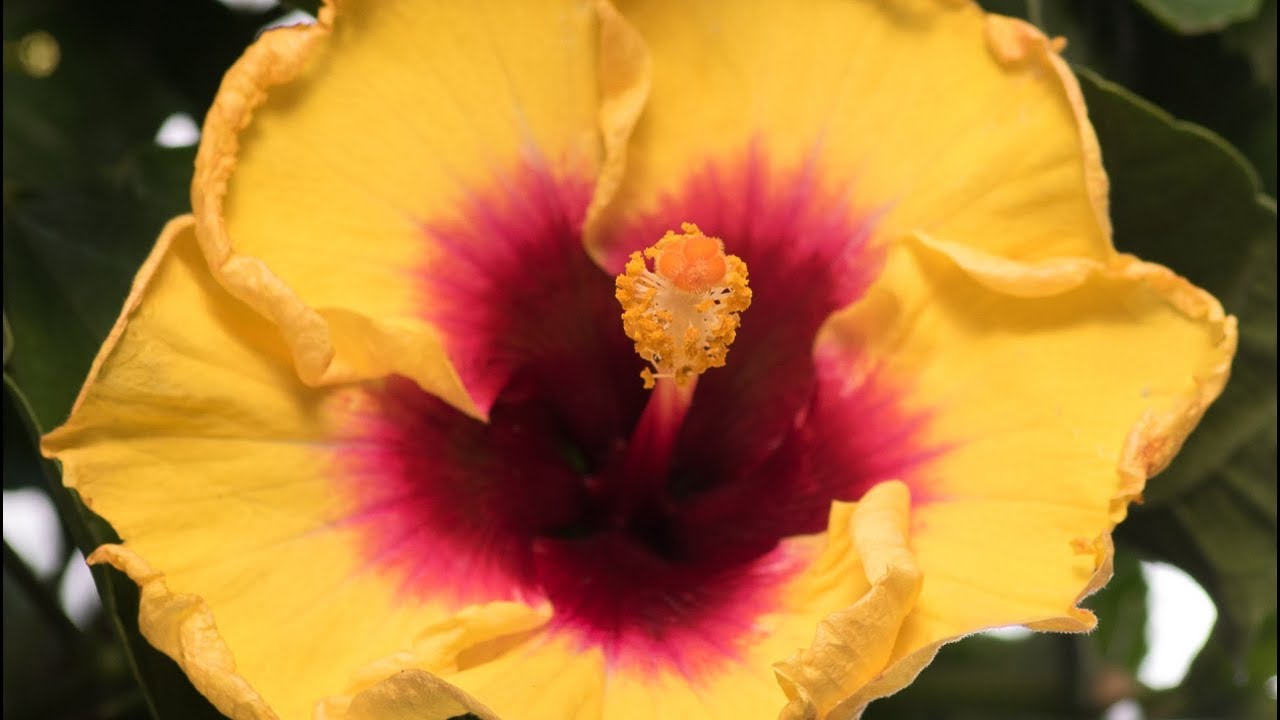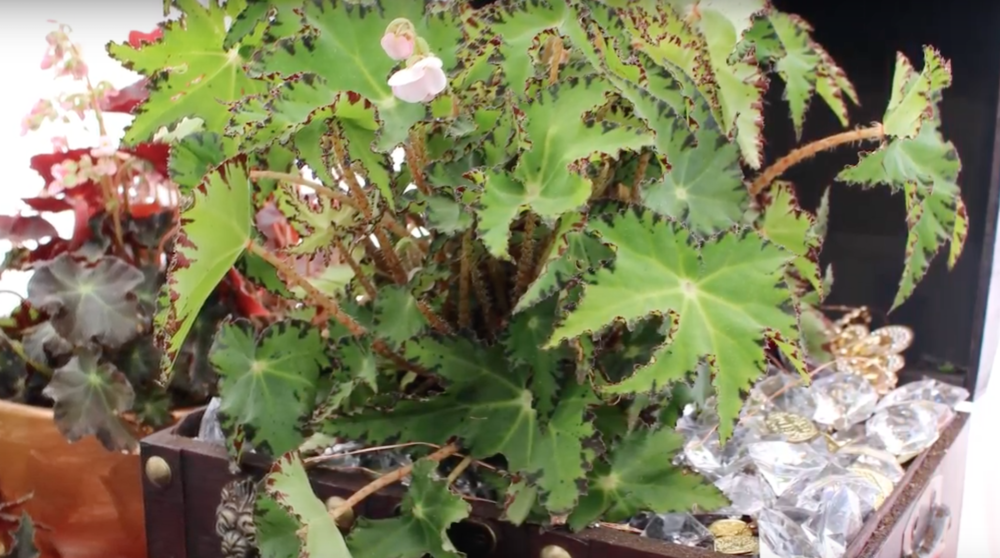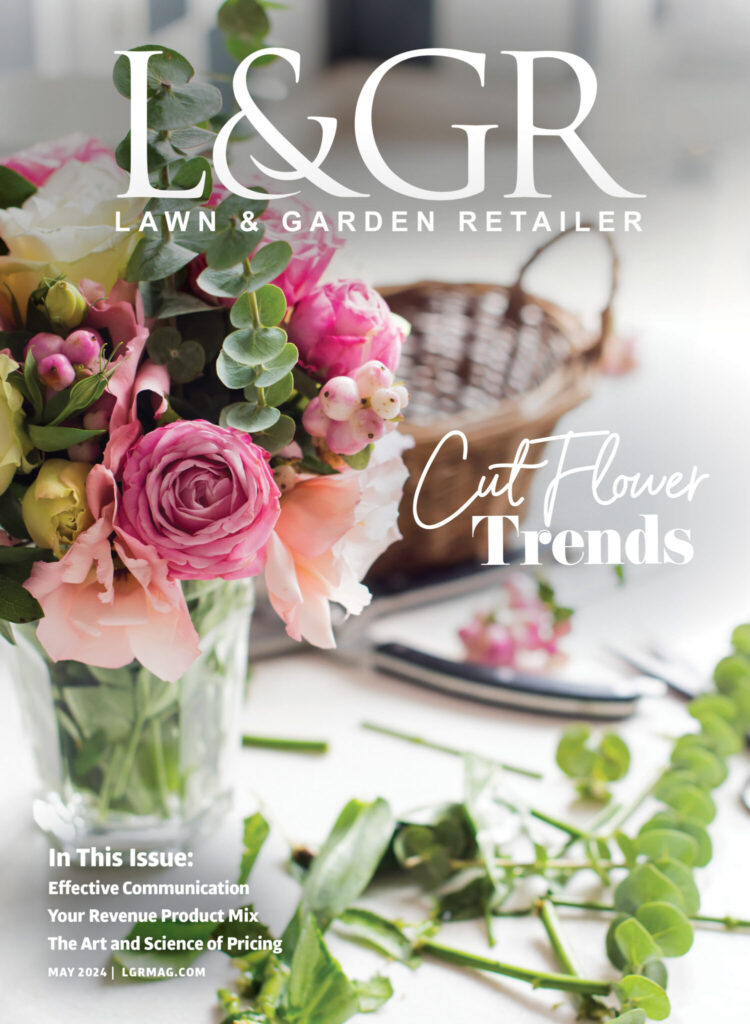What’s New?
Spring 2009 is soon to be history! Looking back, you’ll say what a great one it was or was it? You started the season with the best intentions to get your landscape clients the “latest and greatest” new varieties. But when push came to shove, you planted a lot of the same things you planted last year. It looks good, but it didn’t answer your clients request to do something new. How do you address this issue with your grower and get your clients what they really want for 2010?
Working with your color supplier is the best way to ensure you get the quality plants you want. Landscapers are under constant pressure from commercial and residential clients to provide new products for their landscape. Eighty-four percent of growers surveyed in a 2008 research project conducted by Ball Horticultural Co. indicated that new annuals and/or perennials are important for them to provide or market to their landscape customers. In the 2008 Livescapes magazine’s Landscape Contractor Insights Study, 70 percent of respondents indicated that annual color is essential or used for high-impact plantings. Most landscapers will tell you that “something new” is a main directive from most of their clients, yet “same old, same old” is what they typically provide. Why? Landscapers rarely order in advance.
The Color Conundrum
The risk of selling to the landscape trade typically rests with your grower. In a recent Livescapes magazine national survey, 61 percent of the 330 landscape companies polled indicated that they preorder less than 10 percent of their plant-material needs. Seventy-eight percent indicated that they allow less than a month or simply do not preorder any plants. Sixty percent of the landscapers surveyed said waiting for “client approval” was the No. 1 reason for not preordering. So your suppliers must speculate on their production to serve this market. As a result, these growers grow only what they have sales history on and what they have sold in the past. Rarely do growers speculate, in quantity, on newer items. Hence, the challenge of getting “what’s new” for your clients.
By placing a contract order in advance with your grower, you can ensure better-quality plants and get the varieties you want for your clients. Here are a few simple chronological steps to help you obtain the “newest of the new” to satisfy your customers.
Stick to A Timeline
Up to 12 months before installation: Next year’s color program begins as soon as you’ve planted this year’s! Keep records of the sites you’ve planted, what worked and didn’t work, light and soil conditions, which colors work well, and permanent plantings or structures that affect the colors you choose. You will undoubtedly get client feedback on the overall planting right up front. But be sure to walk the areas again at bed maturity. Your clients will have formed an opinion by then and probably tell you what they want for next year. Schedule a meeting with your grower to review the sites and client input. Keep track of what you intended to plant but could not get.
Six to nine months before installation: Start working with your grower. Discuss which colors and varieties used this season worked and didn’t work. Be sure to cover what you wanted to plant but did not get. Make sure your grower knows you want these so they can order them first. New varieties are often in short supply, so ordering earlier ensures you get them for your preferred clients!
Four to six months before installation: Time to place your order. Growers today plant many items from grown plugs; the larger the plug, the shorter the production time is to finish. Allowing the grower ample production time most bedding plants average between nine to 16 weeks of production will help get you what you want when you want it. Have final discussions with your grower about variety selection, preferred container size and color choices. Be sure to ask about the new varieties you’ve sampled (see page 11). Schedule the delivery date and discuss the stage at which you will accept the product. Planning in advance will help to avoid getting “rootbound” plants. Plants that have grown in flats or pots for too long become rootbound. When planted in the landscape, they will take longer to establish actively growing root hairs and will be delayed in flowering.
Planning this far out allows for flexibility and makes it more likely you’ll get the delivery date you want. Many growers may offer early-order discounts. Generally speaking, most landscapers have a “core” of good customers they know will renew on a year-to-year basis. Start with this known quantity as your preliminary contracted amount, ideally between 60 and 70 percent of your yearly needs. With growers, some is better than none for orders in hand and will allow you more leverage with them as you add to your order later. Late renewals and “fill-ins” are more readily accommodated by a grower that has a prebook with you already. While it’s good to have a primary supplier for the majority of your needs, it is also a good idea to have a backup, just in case. Remember, though, spreading your prebooks between growers gives you less leverage with your primary supplier. One last thing: Ask the grower for confirmation that your order was placed with their supplier.
One month before installation: Confirm the delivery date with your grower. Plan a visit to the facility to inspect your crop. A good grower will keep you informed along the way, so there will be no surprises. Confirm your order one last time, checking the quantity and color you’ve ordered of each variety.
Delivery: Schedule your crew and the delivery location. Make sure the delivery spot can accommodate the delivery truck and quantity of plant material, particularly if the location is somewhere other than the job site.
New varieties should be viewed as one more marketing opportunity that you can use to sell products. Put the knowledge and growing effort that you’ve done for this year’s crop of “what’s new” varieties to work for your landscape sales. A common lament with growers selling the landscape trade is lack of planning on the part of the landscaper. Ordering some portion of your overall order in advance will help your grower to be an invaluable partner for you as you plan your clients’ projects. Great plants from a great supplier are the first steps to a great landscape and earning your client’s confidence that you are bringing them what’s truly “new!”
SIDEBAR
Survey Says…
Landscapers generally rely on the growers they buy from to know what’s best for the region’s landscape, particularly for annuals. Suppliers ranked first and second, respectively, in both the Ball Landscape grower survey and Livescapes’ survey, for sources for landscapers to learn about new varieties. Magazines (trade or consumer), trade shows and catalogs in rank order after that. Other sources for information are state grower associations, plant societies, university trials and the annual California Pack Trials hosted by the plant breeding companies.
Varieties with Vim and Vigor
Here are a few suggestions from this year’s California Pack Trials.
Taishan marigold. A new variety this year, Taishan delivers excellent, season-long landscape performance with high-impact color, and its dwarf habit offers better branching to provide full, lush plants that perform longer. Shorter peduncles and thicker stems than the competition means less breakage in shipping and beautiful blooms at retail. They are available in three colors Gold, Yellow and Orange and also a mixture.
Versa coleus. This new seed-propagated variety is well-branched and vigorous. It can be placed in either the sun or shade. Late flowering enables brilliantly colored leaves to be center of attention.
Easy Wave petunias. Exceptional uniformity and well-matched habit make these an excellent choice for landscapes, gardens, baskets and containers. Easy Wave varieties offer easy-to-flower, high-impact plants with minimal maintenance requirements.
Titan vinca. The industry’s first hybrid vinca offers bigger flowers and tolerance for cooler temperatures. Available in a variety of colors, it’s also a low-water-use plant.
Divine New Guinea impatiens. Available from seed for 1801s and 606 packs. This new series offers seven large-flowered, clear colors for high-impact shade plantings.
‘Matrix Light Blue’ pansy. This is a clear-colored light blue variety of a multibranched, large-flowered fall and early-spring pansy. There are 31 colors total in the series.
‘Breathless’ euphorbia. This new variety draws comparisons to euphorbia ‘Diamond Frost’. It’s an extremely low-water-use, low-maintenance plant once established in the landscape. Heat-tolerant, fine-textured varieties fill in fast and display a showy mass of self-cleaning flowers all season long. It’s durable and long lasting in containers and in-ground plantings.
Sampling
Begin talking to your grower now for samples of new items for next spring. Growers get samples in the spring of varieties that will be new to the landscape trade the following season. Ask to see them and keep up with what’s new. Talk about diseases or insects that might affect the varieties. Ask about the plants’ maintenance requirements, spacing, growth habits and fertilizer needs. Many growers plant these items in gardens at the greenhouse to show you how they perform over the season.
Service-oriented growers selling to the landscape trade are looking for locations to trial these items in the “real world.” Most will provide them free of charge or at a nominal fee to have you trial them. You can use these to your advantage with your landscape clients. Pick a location or a client that is willing to try new things and plant the samples. The client will value your willingness to share the latest and greatest, and it gives you insight on how larger plantings will work next year.
Take pictures! You can use these in your discussions with your grower and to remind your client of them for next year. Be sure you schedule time to review the sample beds in late summer. Ask the grower or a sales representative to visit the site with you. Ask the grower what they will have to do to grow these varieties for you and when they need to be ordered.

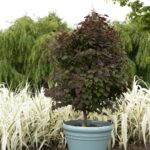
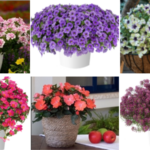
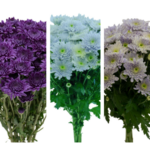




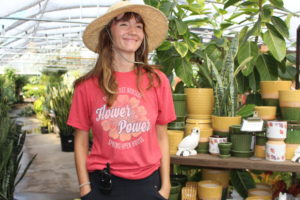
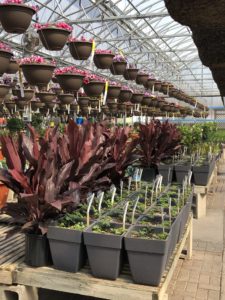
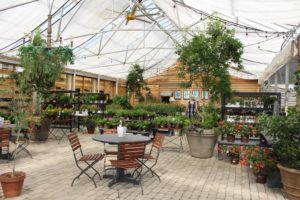
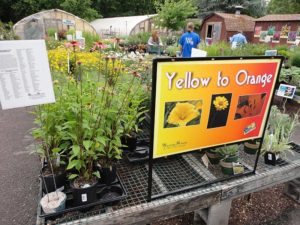



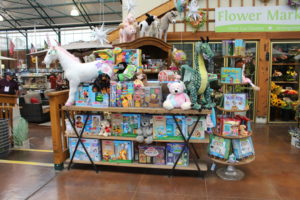
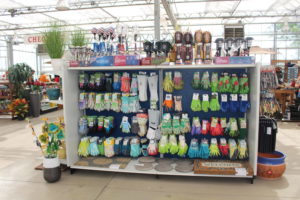
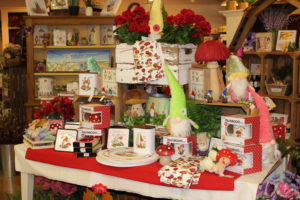
 Videos
Videos